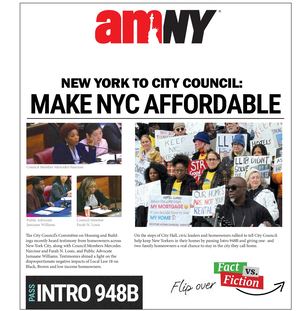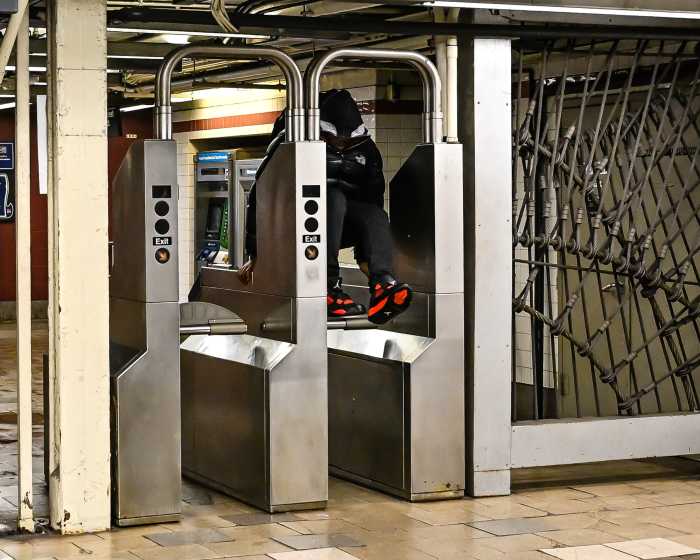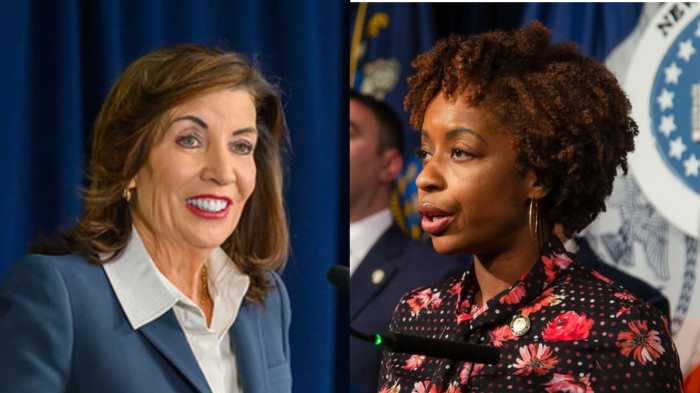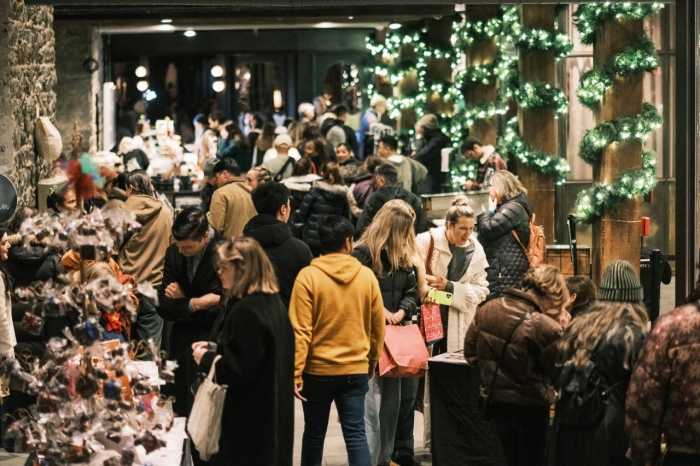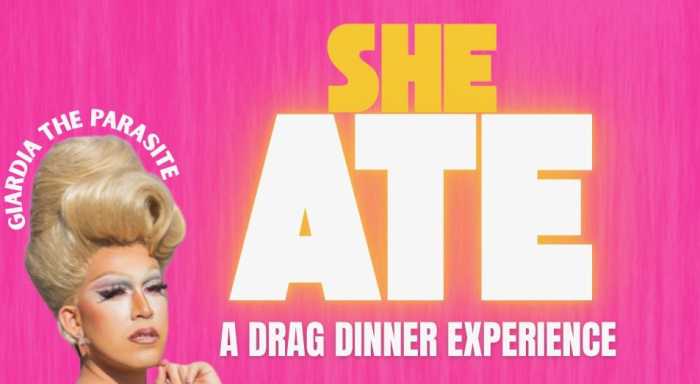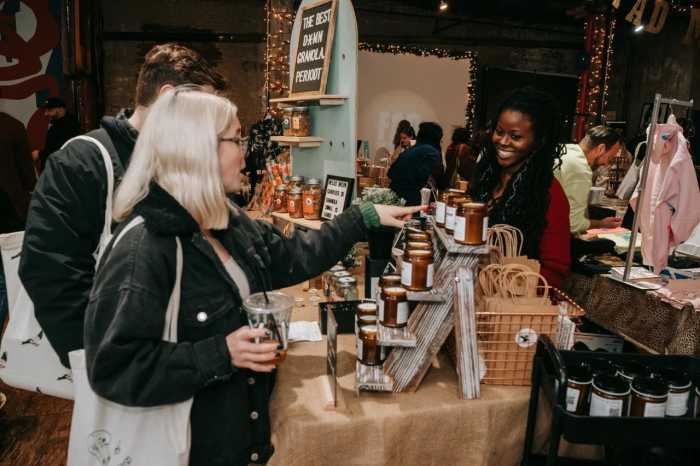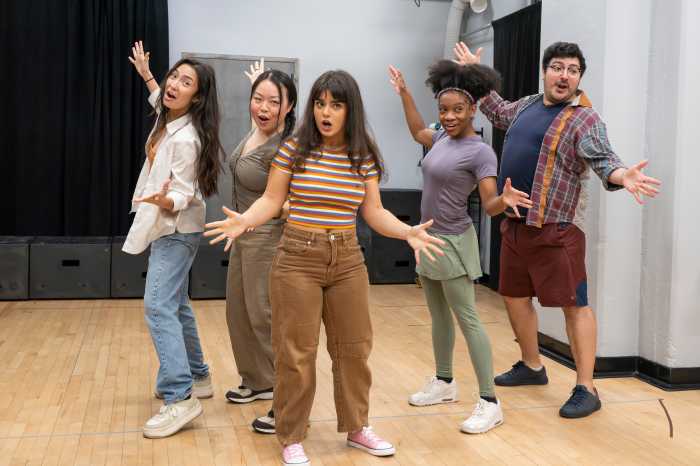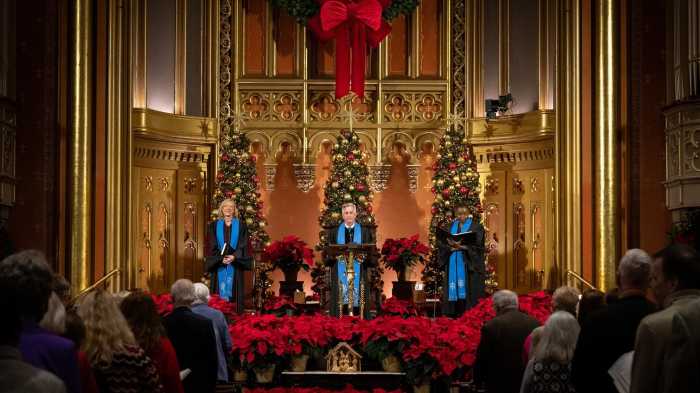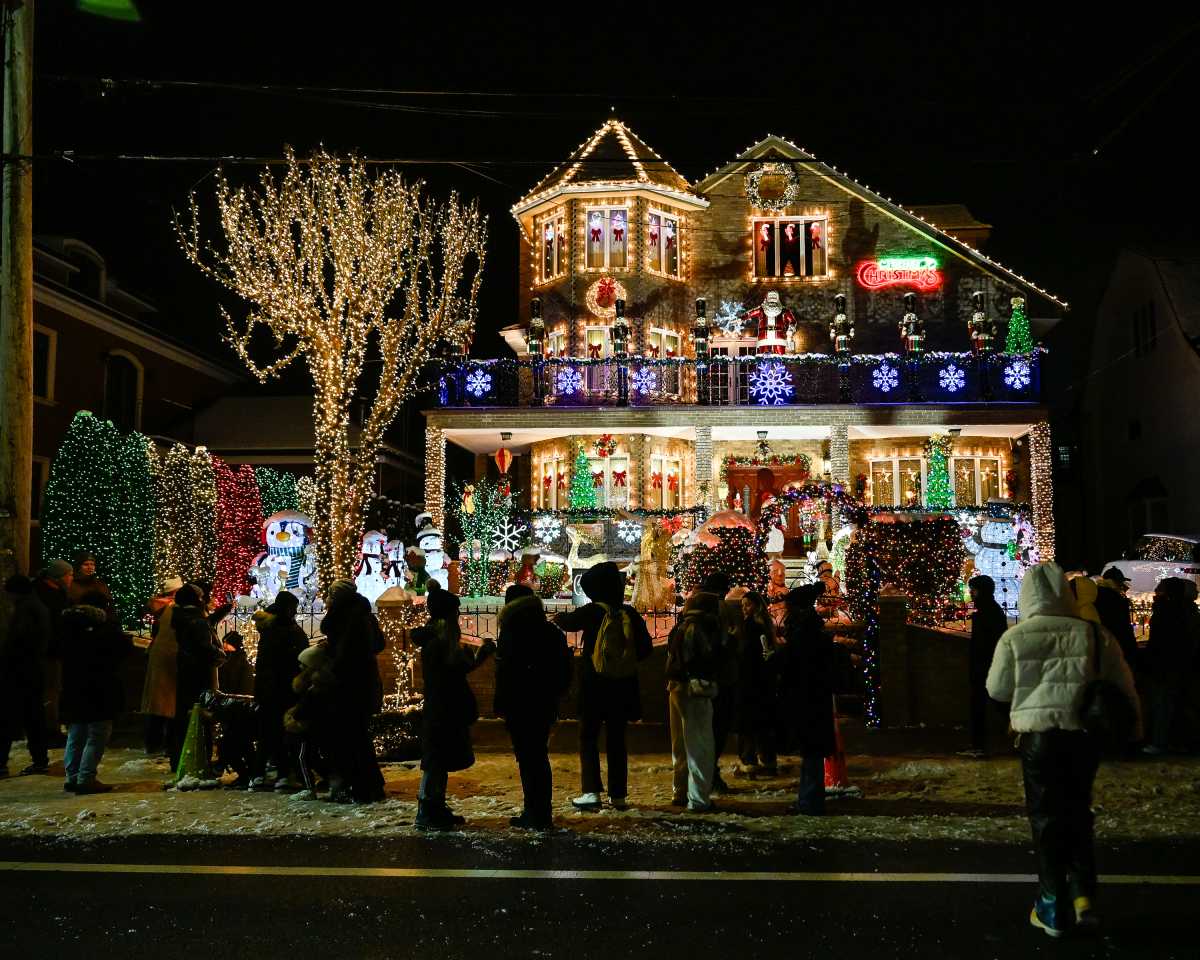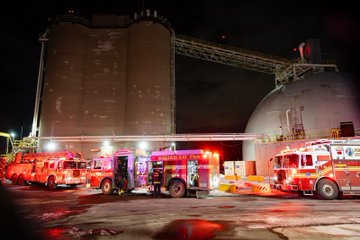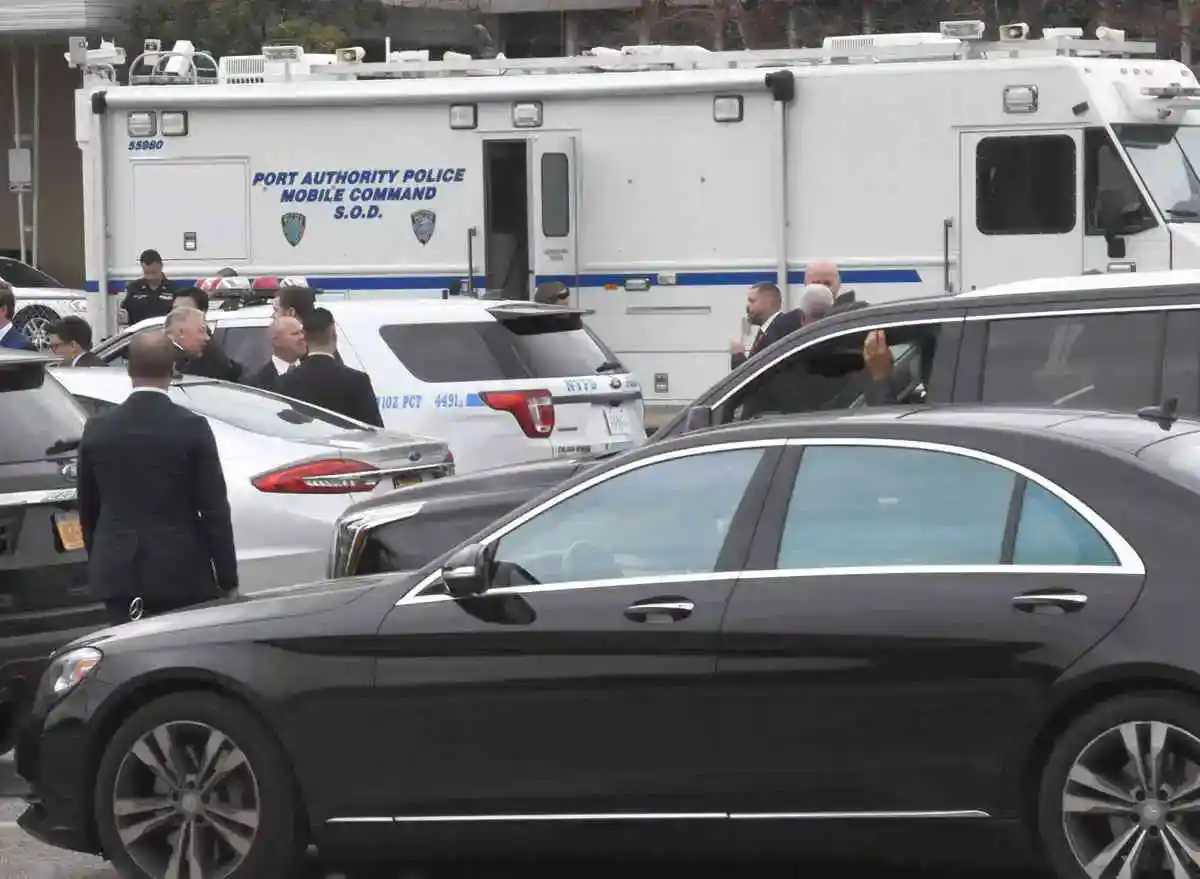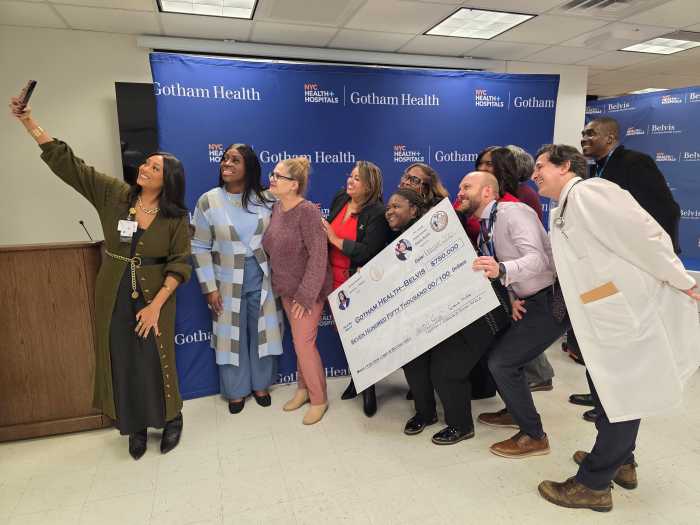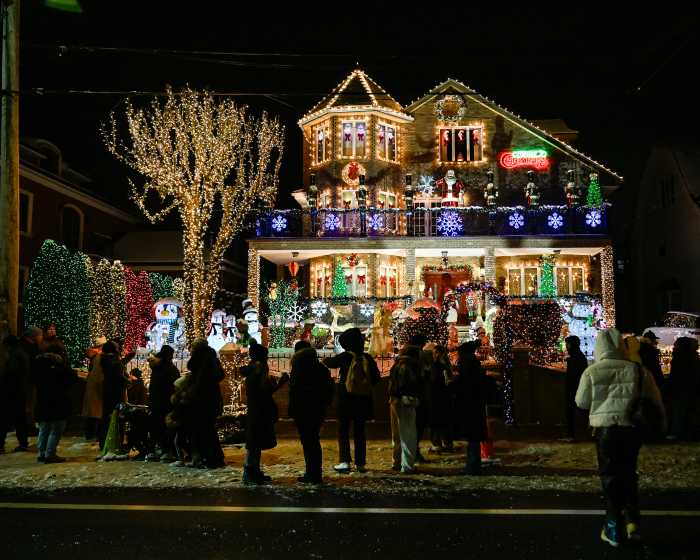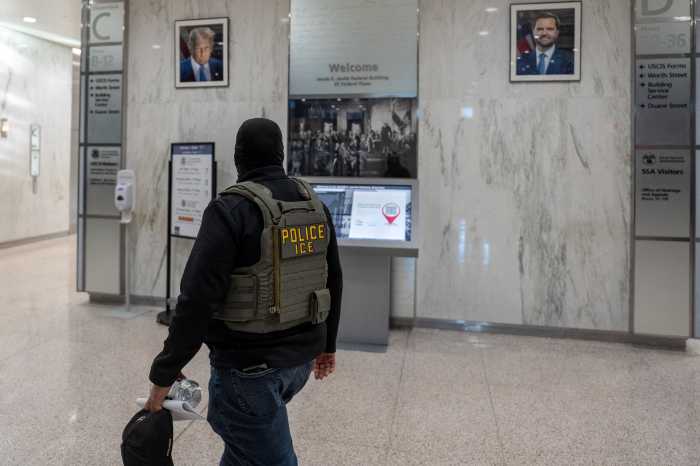-
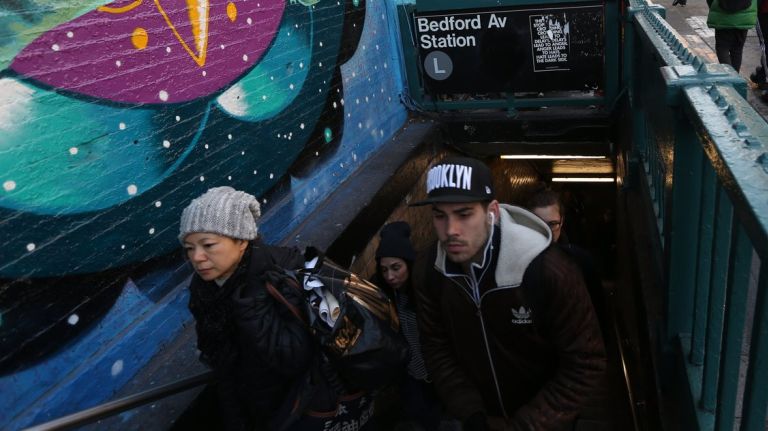 In the entire subway system, only the L and No. 7 lines have their own tracks that are not shared with other lines. The L is also one of the few crosstown Manhattan subway lines — there are only three.
In the entire subway system, only the L and No. 7 lines have their own tracks that are not shared with other lines. The L is also one of the few crosstown Manhattan subway lines — there are only three.
The L train uses computer-based technology called communication-based train control, which is a signal system that is more modern than other train lines. It’s being installed on the No. 7 train. It lets the MTA run more trains by knowing precisely where they are. “Service frequencies were boosted and this gave rise to an economic revival in Williamsburg, Bushwick, and other Brooklyn communities,” said MTA board member Andrew Albert, who chairs the Transit Riders Council.
But the signaling has its own issues. “It has technology on it that not a lot of other train lines have,” said one L train motorman. “When all things work together, it’s supposed to put more trains on the line, closer together.” However, sometimes the combination of the old infrastructure and the new signaling makes the computers overcautious and too sensitive. This can throw the train brakes into emergency, and cause delays in train service. “Sometimes the computer system goes haywire,” a motorman said. “It takes about twenty minutes to walk around the train to make sure there’s nothing under it. Nine times out of 10, it’s nothing.”
What’s another source of delays on the L line? Even though the L comes often during rush hour, it’s common for riders to hold the doors for their friends or someone racing for the train. “Pretty soon we’ll be one to two minutes late,” said a train operator. “It’s a domino effect.”
Why do some trains stop at Myrtle-Wyckoff, rather than reaching the end of the line? To get more trains from Brooklyn to Manhattan in the morning, the MTA has some trains turn around at the Myrtle-Wyckoff station, where there is enough track space to do so. There is low ridership to Canarsie during the morning rush, but trains are packed coming into Manhattan.
Some of the L line stations are known for some of the most ornate tile work in the subway system, such as the Bushwick Avenue-Aberdeen Street and Morgan Avenue stations. “They all have gorgeous tile work,” said Albert.
” data-id=”111451064″ data-link=”https://www.amny.com/wp-content/uploads/2019/10/2543_image.jpg” class=”wp-image-1.11451064″/>
Photo Credit: Linda Rosier -
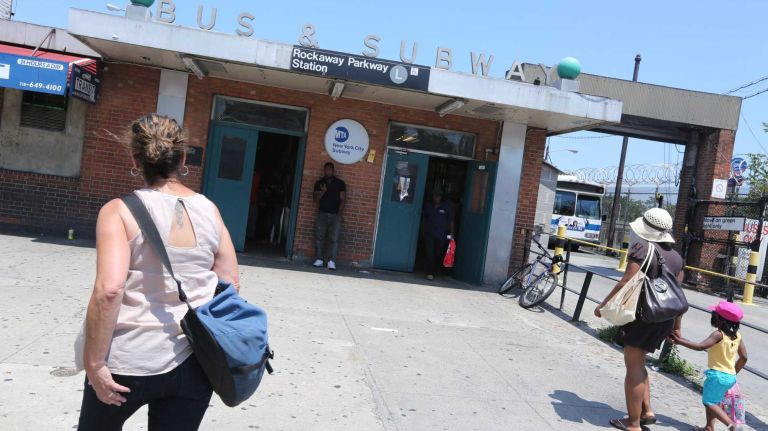 Is the MTA really going to shut down the L train between Manhattan and Brooklyn in 2017? The MTA is considering fully closing one half of the L train’s Canarsie tube at a time to make repairs. It is one of the eight subway tunnels that was flooded during superstorm Sandy. A full tunnel shutdown would take 18 months, while one tube at a time would take a total of three years, according to the MTA. “The Canarsie tubes were heavily damaged during superstorm Sandy when they were flooded with 7 million gallons of saltwater, which has eaten away at the metal and concrete materials that make up the tubes’ infrastructure,” said chairman Thomas Prendergast.
Is the MTA really going to shut down the L train between Manhattan and Brooklyn in 2017? The MTA is considering fully closing one half of the L train’s Canarsie tube at a time to make repairs. It is one of the eight subway tunnels that was flooded during superstorm Sandy. A full tunnel shutdown would take 18 months, while one tube at a time would take a total of three years, according to the MTA. “The Canarsie tubes were heavily damaged during superstorm Sandy when they were flooded with 7 million gallons of saltwater, which has eaten away at the metal and concrete materials that make up the tubes’ infrastructure,” said chairman Thomas Prendergast.
How many people depend on the L? About 225,000 weekday riders go between Brooklyn and Manhattan on the L train. The line’s total daily ridership is 300,000, according to the MTA.
Is there any dialogue between the MTA and Brooklyn communities on the L train tunnel repairs? After an intense community meeting at the Brooklyn Bowl late last month, the MTA chairman and head of New York City Transit recently met with five elected officials and the Brooklyn borough president to create a plan for community consultations on the repairs.
The MTA said it will meet regularly with residents, businesses, and others affected before making decisions on the construction process and what the alternatives will be. No timeline has been created yet.
“Nothing is parallel to the L line,” added Albert. “It would really economically hurt several Brooklyn communities to completely shut it down. You can’t add enough G and M service to make up for it. It’s a special case that has to be treated that way.”
” data-id=”111451060″ data-link=”https://www.amny.com/wp-content/uploads/2019/10/8944_image.jpg” class=”wp-image-1.11451060″/>
Photo Credit: Linda Rosier
Do you ride the L train each day? if so, you’re not alone — the subway line, which travels between Manhattan and Brooklyn, serves 300,000 people daily, the MTA says.
But how much do L train straphangers know about its daily ridership and platform waits, or the unique elements that distinguish it from other train lines?
Read on to learn some L train facts and figures.
